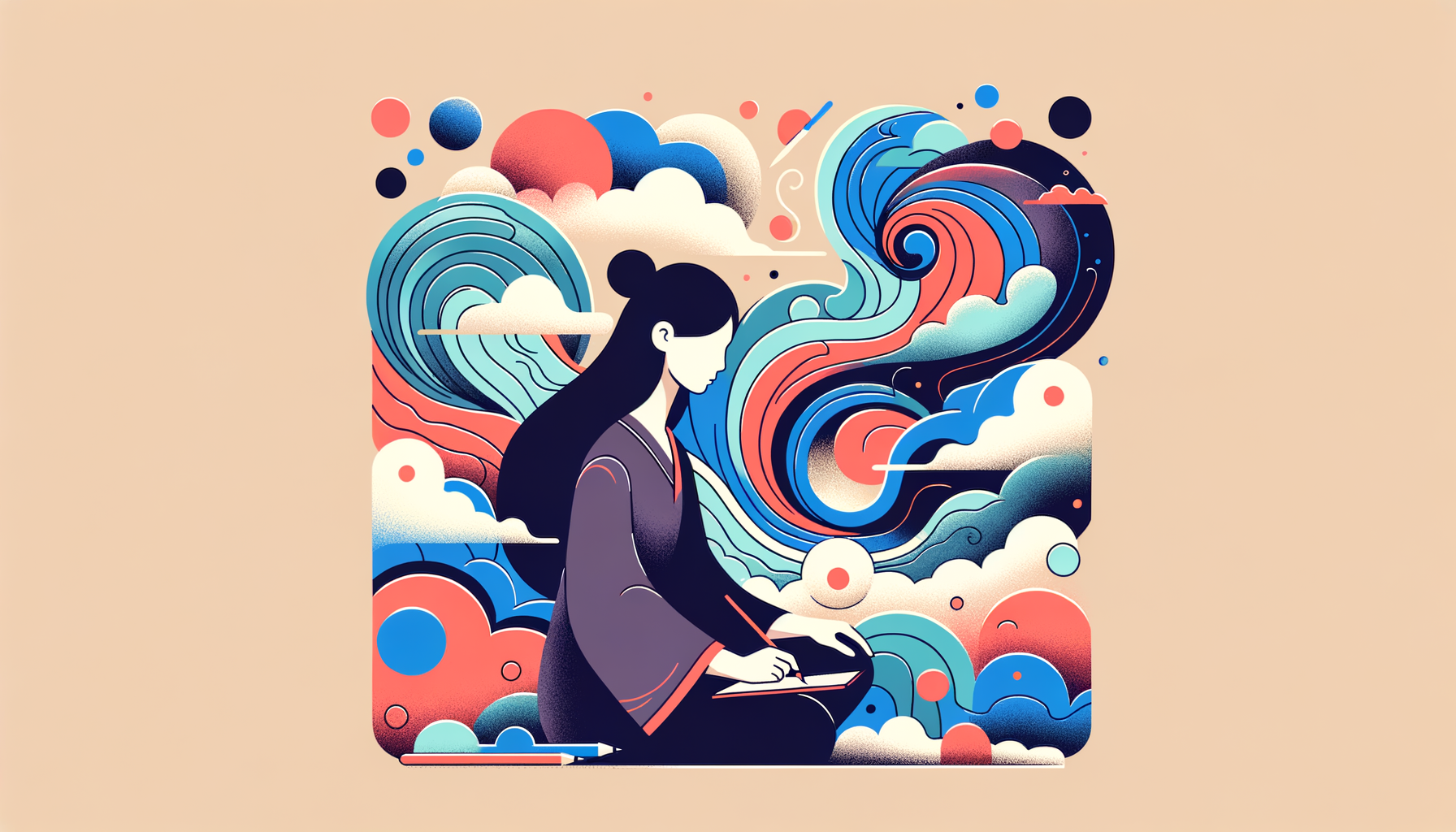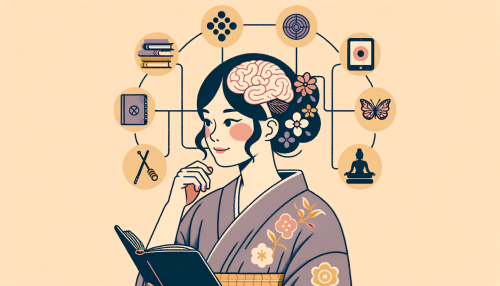Introduction
In the labyrinth of life, we often encounter a specter named anxiety. It’s an elusive phantom, often cloaked in the guise of normalcy, yet it has the power to paralyze even the strongest of minds. This article aims to illuminate the shadowy corners of anxiety, dissecting its origins, and providing a roadmap to navigate through its murky waters.
Understanding Anxiety

Anxiety, in its most rudimentary form, is an emotional response to perceived threats. It’s an integral part of our survival mechanism, a primal alarm system that alerts us to danger. However, when this alarm system malfunctions, it can transform into a relentless tormentor, triggering unwarranted fear and worry.
Anxiety is not a monolithic entity. It manifests in various forms, each with its unique characteristics. Generalized Anxiety Disorder (GAD) is akin to a persistent background noise, a constant hum of worry about everyday events. Panic Disorder, on the other hand, is a sudden, intense surge of fear, often accompanied by physical symptoms like palpitations and shortness of breath. Social Anxiety Disorder is characterized by an overwhelming fear of social situations, while Obsessive-Compulsive Disorder (OCD) and Post-Traumatic Stress Disorder (PTSD) are specific types of anxiety disorders linked to particular triggers.
Understanding anxiety is akin to peeling an onion. Each layer reveals a new facet of this complex condition. It’s a dance between the mind and the body, a symphony of physiological and psychological processes. The heart races, the palms sweat, the mind whirls – all in response to an invisible threat.
Causes of Anxiety
The genesis of anxiety is a complex interplay of genetic, environmental, and psychological factors. It’s a tangled web, a jigsaw puzzle with myriad pieces.
Genetically, anxiety disorders often run in families, suggesting a hereditary component. Certain genes are believed to influence the brain’s response to stress, making some individuals more susceptible to anxiety. However, genetics is not destiny. It merely loads the gun; it’s the environment that pulls the trigger.
Environmental factors encompass a wide range of influences, from childhood experiences to life stressors. Traumatic events, such as abuse or neglect, can sow the seeds of anxiety. Chronic stress, whether from work, relationships, or financial issues, can also fuel the fire of anxiety. Even seemingly innocuous factors, like caffeine consumption, can exacerbate anxiety symptoms.
Psychologically, certain personality traits and cognitive styles are linked to anxiety. Individuals with a tendency towards negativity or perfectionism are more prone to anxiety. Cognitive distortions, such as catastrophizing or black-and-white thinking, can also fan the flames of anxiety.
Overcoming Anxiety
Overcoming anxiety is not about vanquishing an enemy, but about befriending a part of oneself. It’s a journey of self-discovery, a process of learning to navigate the stormy seas of the mind.
Therapy is often the first port of call in this journey. Cognitive-Behavioral Therapy (CBT) is particularly effective in treating anxiety. It involves identifying and challenging maladaptive thought patterns and developing healthier coping strategies. Exposure therapy, a subset of CBT, involves gradual exposure to anxiety-provoking situations to reduce fear responses.
Medication can also play a role in managing anxiety. Selective serotonin reuptake inhibitors (SSRIs) and benzodiazepines are commonly used to alleviate anxiety symptoms. However, medication is not a cure-all. It’s a tool, a life raft to help navigate the stormy seas, but the real work lies in learning to sail.
Lifestyle modifications can also significantly impact anxiety. Regular exercise, a balanced diet, adequate sleep, and mindfulness practices can all help in managing anxiety. It’s about creating a nurturing environment for the mind and the body, a safe harbor in the storm.
Conclusion
In conclusion, anxiety is a complex, multifaceted condition. It’s a dance between the mind and the body, a symphony of genetic, environmental, and psychological factors. Understanding and overcoming anxiety is not a linear process, but a journey of self-discovery. It’s about learning to navigate the stormy seas of the mind, about befriending the specter of anxiety. And in this journey, every step, no matter how small, is a victory.





